
Dole horse
- Home
- Our work
- Farm animals
- Nordic native breeds
- Dole horse
Origin: Norway
Native name: Dølahest
Withers height: 145-155 cm
Colour: Black, brown, chestnut, grey, buckskin, dun, palomino. May have white markings.
Type: Middle sized working horse
Number of breeding mares in Norway, 2018: 238
Not at Risk – Vulnerable – Endangered – Critically Endangered – Extinct
Background
The Dole horse originated in Gudbrandsdalen and Eastern Norway in general. The breed was established in 1857 and arose in the middle of the 19th century when the need arose to breed a horse especially suitable for work in agriculture and forestry and for the transport system. The Dole horse is today used as a sports and leisure horse for driving and riding, but is also used as a workhorse in agriculture and forestry. It is known for being strongly built, it has good usability and a calm and good temperament. The Dole horse is a healthy, functional, a medium-heavy horse with good working abilities.
Conservation
The Ministry of Agriculture and Food (LMD) is the highest authority for all livestock breeding in Norway. The Norwegian Genetic Resource Center was established in 2006 as an advisory and executive body to LMD. The Norwegian Genetic Resource Center coordinates competence and activities within the conservation and use of national genetic resources, and has the task of monitoring status and contributing to the efficient management of the genetic resources in livestock, useful plants and forest trees in Norway. The responsibility for this work on horses is assigned to the Norwegian Horse Center, which has an advisory and executive function for the breeding organizations. The Norwegian Horse Center reports to LMD, and in addition, annual key figures to the Norwegian Genetic Resource Center.
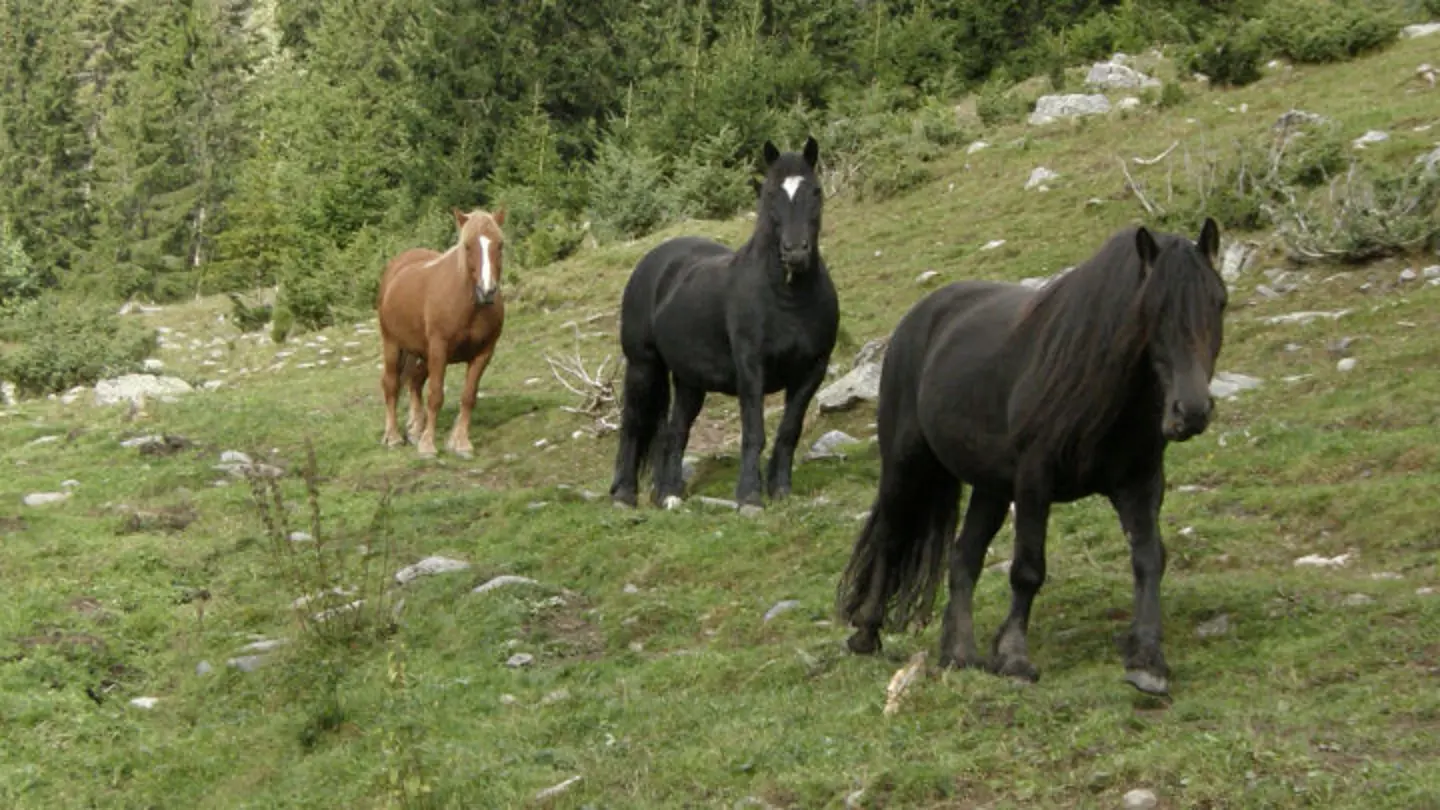
In 2011, an action plan was drawn up for national horse breeds which included Dole horse, Fjord horse and Nordland /Lyng horse. The purpose of the action plan was to structure and give direction to the measures that were considered necessary to ensure the management of the breeds. In 2016, LMD established a professional committee for the national horse breeds that will advise LMD on the work with the national horse breeds based on the current action plan for national horse breeds. The subject committee consists of representatives from the breeding organizations, the Norwegian University of Life Sciences, the Norwegian Genetic Resource Center and the Norwegian Horse Center.
The National breeding association for Dole horse was founded in 1947, and is the responsible breeding organization for the breed. Registration and pedigree registration of Dole horse is performed by the Norwegian Horse Center by agreement with the National breeding association for Dole horse. The Norwegian Horse Center also functions as the National Center for Dole Horses and performs tasks for the breed by appointment. There are about 3,800 Dole horses in Norway today.
In breeding of Dole horses, it is open to limited opportunities to use animals of other breeds in the conservation work. It is permitted to cover type-approved cold-blooded stallion mares with breeding-approved Dole stallions and have the offspring registered as a Dole horse. Stallions of northern Swedish breed can be presented for selection, if they are selected they can with a limited quota be used on Dole mares.
Characterization
Research activities that focus on characterizing the breed is ongoing. Characterization is an important part of the conservation work as this provides information about whether the breeds have unique characteristics we may need in the future. Since the breed is part of our cultural heritage, it is also important to ensure historical knowledge about its development and significance for humans, as by securing knowledge about the breed we can also ensure knowledge about our own societal development.
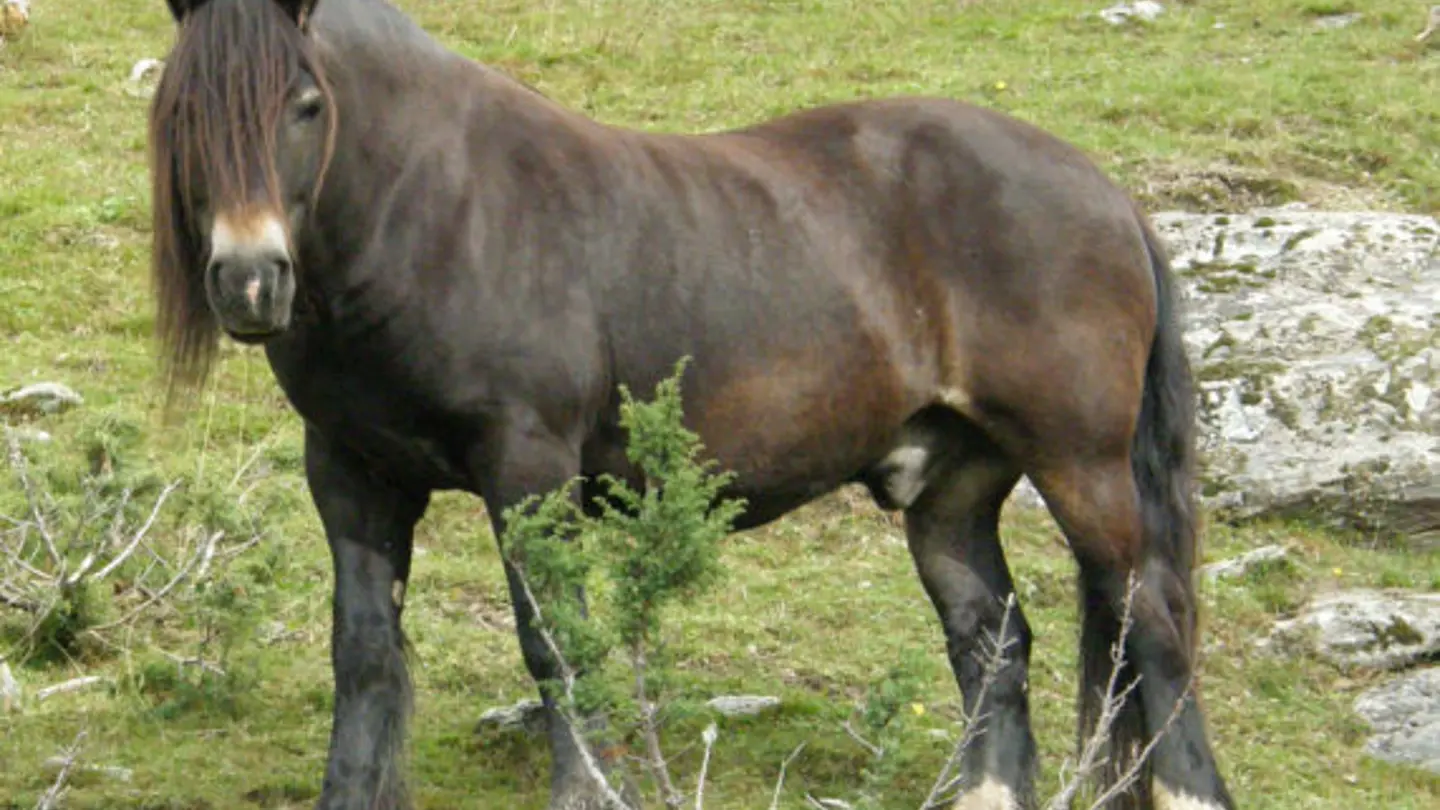
Based on a systematic study carried out by NordGen, up to 2019, 15 easily accessible studies were included that include Dole horses. Most of the studies focused on molecular genetic diversity within the Dole horse and a selection of other breeds. These are studies that look at the genetic structure of the Norwegian horse breeds, relationships between Norwegian and Mongolian horse breeds, breed delimitation, polymorphism in the myostatin gene and athletic performance, genetic kinship to Estonian horse breeds and the occurrence of mutation in the DMRT3 gene associated with specific gaits as tölt known from the Icelandic horse. Several other studies have examined genetic variation based on pedigree information. These include the development and breeding of Dole horses, the use of probability for the origin of genes to investigate genetic variation, pedigree structure, the use of kinship matrices to avoid inbreeding, and a cluster analysis based on kinship data. A few studies have examined phenotypic traits, while no studies have been made that characterize the breed’s socio-cultural significance. Therefore, there is still a need to characterize the Dole horse, both in the form of in-depth molecular genetic studies, but also in relation to phenotypic characteristics, genetic variation and socio-cultural significance. This type of knowledge will make us stronger in the conservation work.
References
Bjørnstad, G., Gunby, E. & Røed, K. H. (2000). Genetic structure of Norwegian horse breeds. Journal of Animal Breeding and Genetics 117(5), 307–317.
Bjørnstad, G., Nilsen, NØ & Røed, K. H. (2003). Genetic relationship between Mongolian and Norwegian horses? Animal Genetics 34(1), 55–58.
Bjornstad, G. & Roed, K. H. (2002). Evaluation of factors affecting individual assignment precision using microsatellite data from horse breeds and simulated breed crosses. Animal Genetics 33(4), 264–270. doi:10.1046/j.1365-2052.2002.00868.x.
Bjørnstad, G. & Røed, K. H. (2001). Breed demarcation and potential for breed allocation of Horses Assessed by microsatellite markers. Animal Genetics 32(2), 59–65.
Kierkegaard, L.S., Groeneveld, L.F., Kettunen, A., Berg, P. (2020). The status and need for characterization of Nordic animal genetic resources, Acta Agriculturae Scandinavica, Section A — Animal Science, 69:1-2, 2-24, DOI: 10.1080/09064702.2020.1722216
Kvale, M. I. S. (2010). Development and breeding of the Norwegian Døle Horse. Thesis, Szent István University, available at: http://www.huveta.hu/handle/10832/303
Melheim, M. (2017). Genetisk variasjon og clusteranalyse på bakgrunn av slektskapsdata hjå dølahest, available at: https://nmbu.brage.unit.no/nmbu-xmlui/handle/11250/2459691
Olsen, H. F. & Klemetsdal, G. (2010). Management to ensure effective population size in a breeding programme for the small Norwegian horse breeds – a simulation study. Acta Agriculturae Scandinavica, Section A – Animal Science 60(1), 60–63. doi:10.1080/09064700903567799.
Olsen, H. F. & Klemetsdal, G. (2017). Temperament of the Norwegian horse breeds – a questionnaire based study. Applied Animal Behaviour Science 193(August), 60–66. doi:10.1016/j.applanim.2017.03.015.
Olsen, H. F., Klemetsdal, G., Ruane, J. & Helfjord, T. (2005). Use of Probabilities of Gene Origin to Describe Genetic Variation in Two Endangered Norwegian Horse Breeds. In Conservation Genetics of Endangered Horse Breeds. EAAP Publication, No. 116, available at: http://www.welshponiesandcobs.com/Preservation/Conservation%20Genetics%20of%20Endangered%20Horse%20Breeds.pdf
Olsen, H. F., Klemetsdal, G., Ruane, J. & Helfjord, T. (2010). Pedigree structure and genetic variation in the two endangered Norwegian horse breeds: døle and Nordland/lyngen. Acta Agriculturae Scandinavica, Section A – Animal Science 60(1), 13–22. doi:10.1080/09064701003639884.
Promerová, M., Andersson, L. S., Juras, R., Penedo, M. C. T., Reissmann, M., Tozaki, T., Bellone, R., et al. (2014). Worldwide frequency distribution of the “gate keeper” mutation in the DMRT3 gene. Animal Genetics 45(2), 274–282. doi:10.1111/age.12120.
Selle, T. (2010). Genetisk Analyse Av Utstillingsresultat for Dei Norske Hesterasane Dølehest, Fjordhest Og Nordlandshest/Lyngshest – Genetic Analysis of Show Results for the Norwegian Horse Breeds; the Døle Horse,the Fjord Horse, and the Nordland/Lyngen Pony. Norwegian University of Life Sciences, available at: https://brage.bibsys.no/xmlui/handle/11250/185970
Sild, E., Rooni, K., Värv, S., Røed, K., Popov, R., Kantanen, J. & Viinlass, H. (2019). Genetic diversity of Estonian horse breeds and their genetic affinity to Northern European and some Asian breeds. Livestock Science 220(February), 57–66. doi:10.1016/j.livsci.2018.12.006.
Vangen, O. (1983). The use of relationship matrices to avoid inbreeding in small horse populations. Zeitschrift Für Tierzüchtung Und Züchtungsbiologie 100(1–5), 48–54. doi:10.1111/j.1439-0388.1983.tb00711.x.
Viluma, A. (2012). Polymorphism in myostatin gene and athletic performance in Nordic horse breeds. Swedish University of Agricultural Sciences, available at: http://stud.epsilon.slu.se/id/file/2988345
Read more about our other native breeds
-
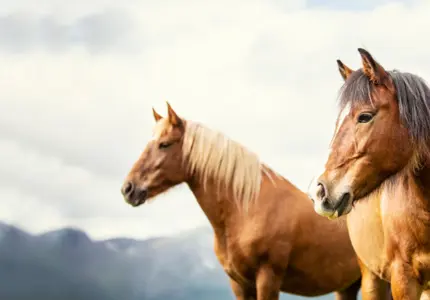
Nordland/Lyngen Horse
The first known and documented exhibition where this breed participated, was in 1898 at Lyngseidet in Troms. In the 1930s, organized breeding of Nordland/Lyngen horses started.
Read more about the breed
-
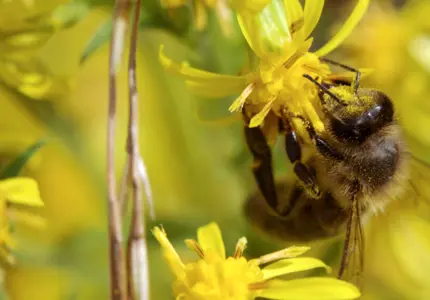
The Nordic brown bee
Honey bees are threatened by intensive agriculture, habitat loss and climate changes worldwide and are important to conserve, not only due to their honey production but also due to their pollination services.
Read more about the breed
-
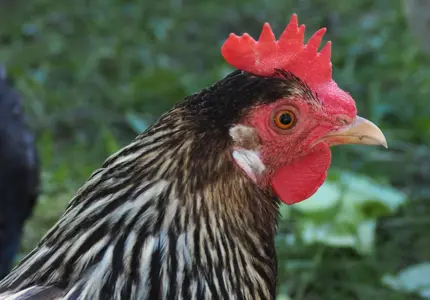
Finnish Landrace Chicken
In 1974, the agricultural advisory agency collaborated with Seiskari and published a call to find remains of the Finnish landrace chicken. As a result, one flock was found in South-East Finland. This family line was named after its geographical location as “Savitaipaleenkanta”.
Read more about the breed